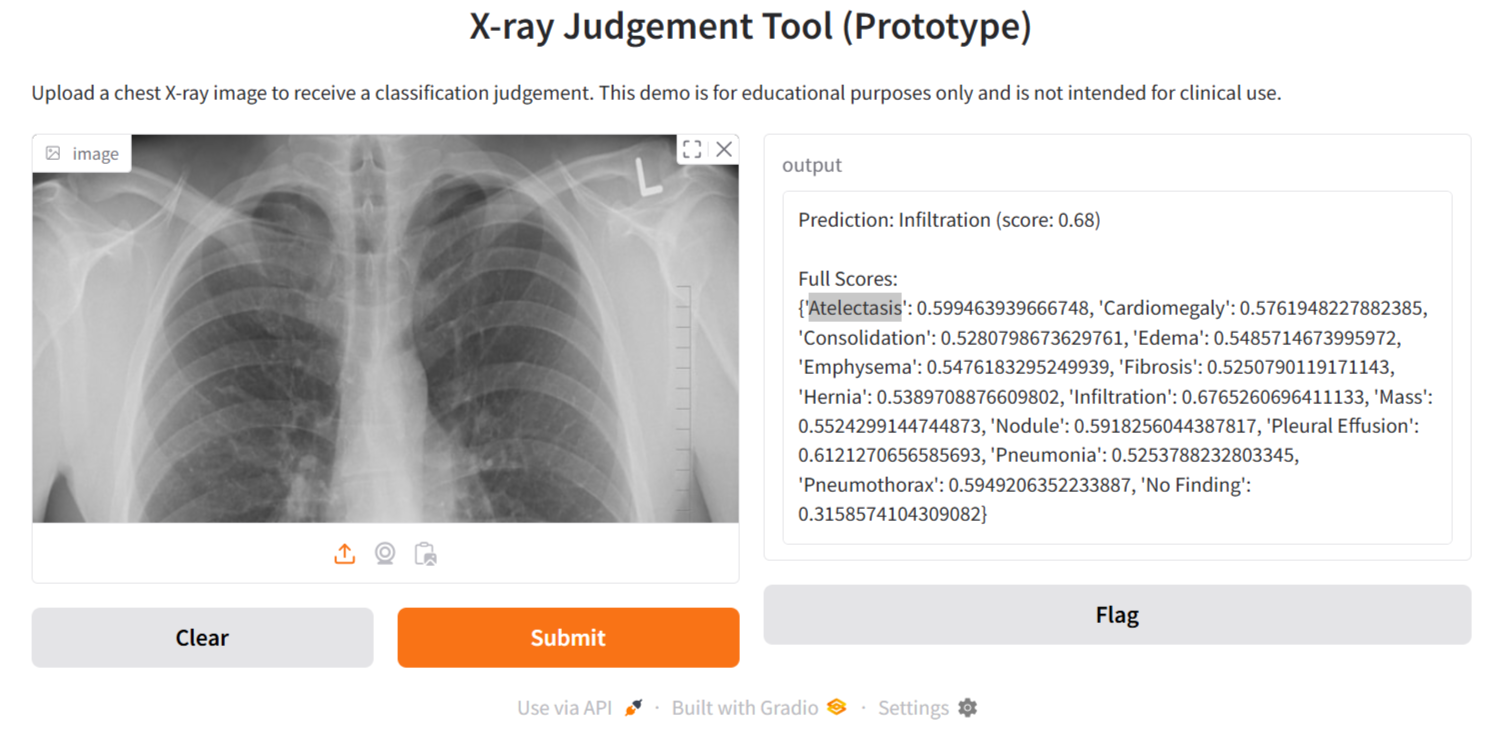-
ПСК Фарма — лидер фармацевтики
Дистрибуция и производство лекарств с высокими объемами продаж. →
-
How to Use Git and Git Bash Locally: A Comprehensive Guide
How to Use Git and Git Bash Locally: A Comprehensive Guide Table of contents [] [] [] [] [] [ Installation] [ Bash Basics] [ Commands] [ Operations] [ Shortcuts] [ Configuration] [ Configurations] [ Git Workflow] [ a Repository] [ Status] [ Files] [ Changes] [ and Merging] [ with Branches] [ Branches] [… →

-
Randomized controlled trial evaluating the benefit of the app-based clinical decision support system for the management of venous thromboembolism
CONCLUSIONS: App-based CDSS (DECIDE-COAG^(®)) demonstrates a significant improvement in the accuracy of anticoagulant prescriptions and VTE management. Further studies that specifically investigate the clinical benefits of app-based CDSS in real-world clinical practice are warranted. →

-
Unit-экономика – Экономика одной сделки. Как один пользователь влияет на прибыль компании. Это помогает понять, насколько рентаб…
Unit-экономика – Экономика одной сделки. Как один пользователь влияет на прибыль компании. Это помогает понять, насколько рентабельны маркетинговые и операционные затраты, и стоит ли инвестировать в рост. #Маркетинг #Менеджмент #Продукт #ИИ #Продуктовыймененджмент →

-
Петровакс Фарм — производитель вакцин
Производство вакцин и иммунобиологических препаратов, таких как «КовиВак». →
-
Microsoft Azure AI vs AWS AI: Automate Product Workflows & Boost Customer Engagement
Microsoft Azure AI delivers comprehensive AI tools ranging from natural language processing to computer vision These capabilities empower businesses to automate processes analyze data and enhance customer experiences For example retailers use Azure AI for demand forecasting which boosts inventory management and drives sales growth By integrating AI into existing workflows Azure minimizes redundant processes… →

-
Tipping Point – Точка перелома. Когда продукт или тренд достигает критической массы и начинает расти самостоятельно. Как распозн…
Tipping Point – Точка перелома. Когда продукт или тренд достигает критической массы и начинает расти самостоятельно. Как распознать этот момент и использовать его для дальнейшего роста и распространения. #Продуктовыймененджмент #Продукт #Менеджмент #Маркетинг #ИИМенеджмент →

-
How to Build a Prototype X-ray Judgment Tool (Open Source Medical Inference System) Using TorchXRayVision, Gradio, and PyTorch…
How to Build a Prototype X-ray Judgment Tool (Open Source Medical Inference System) Using TorchXRayVision, Gradio, and PyTorch In this tutorial, we demonstrate how to build a prototype X-ray judgment tool using open-source libraries in Google Colab. By leveraging the power of TorchXRayVision for loading pre-trained DenseNet models and Gradio for creating an interactive user… →

-
This AI Paper Introduces Diversified DPO and ORPO: Post-Training Methods to Boost Output Diversity in Creative Writing with LLMs…
This AI Paper Introduces Diversified DPO and ORPO: Post-Training Methods to Boost Output Diversity in Creative Writing with LLMs Creative writing is a domain that thrives on diversity and imagination. Unlike fact-based or task-specific writing, where a single correct output may exist, creative writing involves numerous valid responses to a prompt. Stories, poems, and narratives… →

-
Отоларингологические препараты от Отицифарм
Производство средств для лечения отоларингологических заболеваний. →